Sapien Loop and Our Own World – Part Five: Media and Propaganda
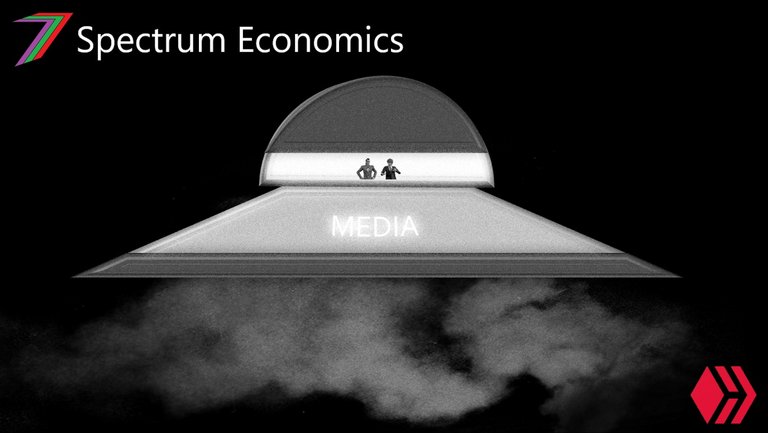
Media, entertainment, sports, and propaganda all roll into one. It is the same mission but done in a different way. In Part Two, I briefly discussed the role of media in the power structure. In this post, I go much deeper into how it plays a central role in the propaganda machine.
As mentioned in Part Two, media, entertainment, and sports markets are dominated by a few very large firms. This gives them close to complete control over their products. Typically, firms focus on producing products that generate the highest profits. Large firms have the added objective of maintaining their share of the market, and this is often prioritised over short-run profits but typically aligns with long-run profits. Hence, the objective of maintaining market share, thus limiting competition, is the most important objective.
In a competitive market, consistently generating high profits is difficult. The firm has to be able to continuously produce products and services that people want more than what the competitors are producing. They need to sell it at a price that the people who want it can afford. However, this price needs to be sufficiently high to cover the costs to make a profit. Meanwhile, competitors actively attempt to produce products and services that are more desirable and at a lower cost.
In a non-competitive market, consistently generating high profit is easier but still has its challenges. Lack of competitors reduces the pressure to produce highly desirable goods and services. There is also less pressure to keep prices low, as customers have minimal low-price alternatives. The few businesses in these markets want to maintain the low level of competition.
The most common method of maintaining low competition is through barriers to entry. Some barriers to entry occur naturally. These could be high start-up costs, infrastructure restrictions, resource control, high-output economies of scale, network effects, and customer loyalty. The existing firms, with the help of the Government, can create other barriers to entry themselves. These include regulations and licences, patents and copyrights, exclusive rights deals, long-term contracts with other firms or Government, lock-in contracts with customers, monopsonist or oligopsonist buyers (i.e., one or a few buyers), and predatory pricing.
Media and entertainment companies and sports leagues have several natural barriers to entry. The longer these barriers exist, the stronger they grow. In addition to the natural barriers, the largest media and entertainment companies and sports leagues have added their own barriers. One of the most intriguing barriers is access to advertising revenue from the largest companies. Advertising accounts for a huge proportion of media revenue. On average, more than two thirds of US media companies’ revenue comes from advertising (Pew Research).
The Power of Advertising
The largest media and entertainment companies and sports leagues have an exceptionally high number of viewers. Advertising during shows and events aired on their channels is going to give a company’s products enormous exposure. This is an important reason that companies pay to advertise. However, I would strongly argue that this is not the case for the largest companies.
Most of the largest companies have products that are well established. Almost all viewers would be familiar with their products. They would already have opinions about the products and are unlikely to be swayed by an advertisement; at best, it is just a reminder. Some companies even advertise products that are rarely sold directly to the public.
I believe the largest companies are paying for influence. If a media company relies on just a handful of major advertisers and sponsors, they cannot afford to lose them. To secure the advertising and sponsorship revenue, the media company might be required to push certain agendas and narratives. This could be directly in the news they report or indirectly through entertainment programs. Large media companies have the power to influence a large number of people very quickly. In a democracy, influence over the people is also influence over the Government. Companies can use this influence for their own benefit.
Some of the advertisers and sponsors for media channels are state-owned companies. For example, Qatari state-owned companies sponsor media in western countries such as the US and the UK. This has given them influence over what these media companies report and how they report it (Arab News). This is likely to have had an impact on how the Israel-Hamas war has been reported.
Control through advertising and sponsorship money is just part of the story. The parent companies of the largest media companies are publicly listed. Therefore, a number of different investors own them. Many of the biggest investors are large companies. For example, investment management firms BlackRock, Vanguard, and State Street own 20% of Disney. These three investment management firms own similar proportions of most of the other largest media and entertainment companies in the world. Combined, BlackRock and Vanguard control around US$20 trillion in assets. They have invested in most of the largest companies in the world. Most of these companies fund the media and entertainment companies that are invested in by BlackRock and Vanguard. This is essentially doubling down on the extent of their influence.
Threats to Media and Entertainment Companies
Over the past couple of decades, media has become a little more vulnerable to competition. Social media platforms have enabled easier access for new entrants. Anyone can become an independent journalist and set up their own channel, podcast, or blog. Even more easily, anyone can set up a social media account and share whatever information they like.
The large media companies have managed to avert the threat. Just like traditional mainstream media, social media has become monopolised by a handful of large companies. This has not been difficult to do. On social media, people are drawn in by other users. This causes the largest social media networks to grow quickly and the others to fall behind. The Meta platforms, YouTube, TikTok, X and a handful of others, depending on the country, dominate the social media space.
The social media companies can control the content on their platforms through algorithms and various forms of censorship. Some accounts gain a huge amount of exposure. These accounts either align with the narrative of at least one of the mainstream media companies or are used as controlled opposition. Most other accounts gain close to zero exposure. Among these accounts are accounts that share information that is a genuine threat to the narrative. Every effort is made to ensure these accounts and their content do not stand out in any way.
A future threat to media and entertainment companies is artificial intelligence (AI). AI technology will soon be able to generate entertainment shows and even films to a standard similar to multi-million dollar productions but at a fraction of the cost and time. There would be no need for actors, film crews, sets, musicians, editors, or special effects. The AI would generate everything.
This threat should still be easily averted. Media and social media companies will still control the extent of exposure any AI film will get. If it is a real threat, it will not get much exposure. Instead, the media and entertainment companies will use AI for their benefit to cut costs and improve. We are most likely to see films and series that use a hybrid of technology that smaller companies or individuals would still struggle to compete against.
Sports Leagues
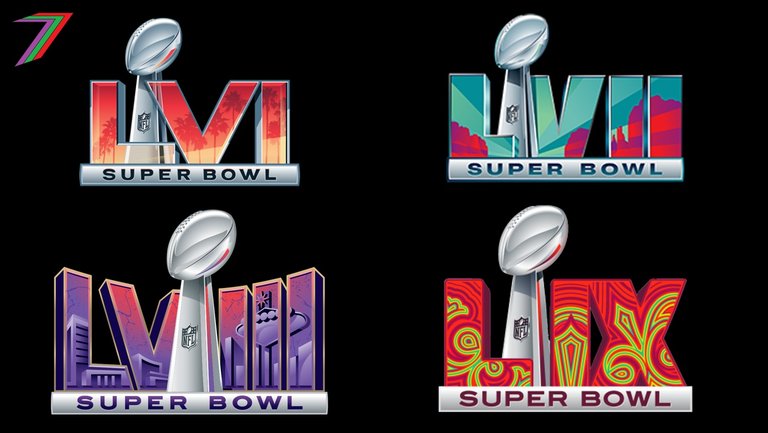
Sports industries focus on much more than just the sport itself. They also focus on entertainment, gambling, and even political messaging. People choose to watch a particular sport for a number of reasons. This might include the excitement of the games, social bonding with family and friends, or support for a particular team.
I know little about the structure of most sports leagues. The sport that I am most familiar with is American Football/Gridiron and the NFL. Therefore, my explanation will be in the context of this sport and league. Other sports and leagues could operate very differently but are likely to have similar goals.
A key focus of the NFL and the teams in it is to make long-run profits. The NFL does not need to worry about competition. They have close to an unbreakable monopoly on the sport. Other leagues, such as the UFL and previously the XFL, are considerably smaller, and they only run during the NFL offseason. As it is a sport, the teams compete with each other on the field. However, competition in terms of business is minimal. The NFL has a system of shared revenue. Teams often receive more from shared revenue than their own local revenue streams. The financial success of individual teams is dependent on the financial success of the league. Therefore, team ownership is most interested in ensuring the league remains highly profitable.
Considering the NFL is a monopoly, it is easy for them to maintain most of the hardcore fans. The casual viewers who might be inclined to watch other sports or engage in other entertainment are most likely to be the target audience. Therefore, it is important that games are entertaining. Close games tend to be more entertaining. The number of close games has increased substantially over the past five decades (Football Perspective). The introduction of the salary cap has had an impact on levelling the playing field between teams. The difference in the quality of the players between the best and worst teams has significantly narrowed.
Referees and coaches can easily rig NFL games. The rules of the game are vast and complex. The referees are given considerable freedom on how strictly they want to apply the rules. This ultimately leads to inconsistent decision-making that can pass as just part of the game. The holding rule is probably the most abused rule. Coaches have control over every play. They decide which players take the field, where they line up, where they move after the ball is snapped, and even who is intended to receive the ball via handoff or throw. Even if a play is perfectly executed, if it is a bad play, it will not achieve what it needs to do. Coaches have the power to change the outcome of a game, and they are talented enough for it to go easily unnoticed.
Are players involved in rigging games? If they are involved, is it all of them or just a few selected important players? I believe that at least some are involved. It would be useful to have players on the field ensuring things go according to plan. This is important if a game has an important predetermined ending.
I doubt all players are involved. The possibility of leaks is a little too high. However, keeping them all silent is not completely impossible. Even backup players are paid well. Leaking information would likely lose a player their job as well as lead to ridicule. I do not believe the benefit of involving all players outweighs the potential cost of leaking information becoming a possible trend.
In recent years, the NFL has been accused of rigging games in favour of the Chiefs. Rigging games is rarely about any team in particular. It is for the purpose of keeping games interesting, telling a story, encouraging people to gamble, or even for political reasons. The NFL wanted the Chiefs to have deep playoff runs to maximise attention from having Taylor Swift at games, the Super Bowl in particular. Once they had made it to the most recent Super Bowl, they let the Chiefs lose. This is because the Super Bowl is the last game of the season.
The Chiefs have also been selected to be the team of the decade, winning three Super Bowls between 2020 and 2029. Every decade after the 1960s, one team and only one team wins three Super Bowls in the decade. In the 1970s, it was the Steelers. In the 1980s, it was the 49ers. In the 1990s, it was the Cowboys. In the 2000s, it was the Patriots. In the 2010s, it was the Patriots. The Establishment has a strange fascination with the number three.
Gambling has become a huge part of the NFL. It has become highly profitable for both gambling companies and the NFL. People can gamble on almost all aspects of the game. People can even bet as the game progresses. This is a strong incentive for the NFL to swing the momentum of games back and forth to entice people to bet a certain way.
People want sport to be authentic. They want teams to play the sport how it was meant to be played (i.e., games played fairly and not rigged). However, they also want games to be close and entertaining, which is less likely if the game is authentically played. People like betting on sports for fun and potential financial gain, but if games are rigged, they feel cheated. Therefore, the NFL needs to maintain the perception that games are not rigged. This is not difficult to do even when at times it appears obvious. The NFL works very closely with the media. The media actively ridicules anyone who even suggests the NFL is rigged in any way. They will label them as conspiracy theorists or worse.
The NFL is involved in political messaging. Typically, Super Bowl halftime shows subtly include political messages or, in the case of Super Bowl 59, direct political messages. The back of the end zones contain messages such as ‘It Takes All of Us’ and ‘End Racism’. The reason the NFL has become political most likely relates back to profit. The NFL receives billions in revenue from advertisers and sponsors. Some of this revenue would be linked to presenting and supporting certain political agendas. This is just another way large companies can influence and control the people and the Government.
Sapien Loop: Media, Entertainment, and Sports

The media played an important role in ‘End of an Era’. They played a key role in presenting the narratives of both the Business Sector and the House of Divine Knowledge. This is explained in Part Two of this series.
The media played the most important role in bringing down the most influential governor in Sapey. The Business Sector wanted to present her as a traitor to the House of Divine Knowledge. They did this by exposing her relationship with the richest business owner. This was followed up by planting agent provocateurs at her rallies. A series of follow-up interviews were aired with other governors and representatives. All were very damming of her behaviour. The Head Philosopher in West pulled her support for her, and she decided to pack in her campaign for re-election.
The most disturbing use of media was the false flag event in two of the regions. The Business Sector wanted to convince the Sapiens of the dangers of the ‘contamination’ from the wastelands. To do this, they used a massive flying machine used for spraying crops to spray the regions with chemicals and poisons that would create a similar impact to what they had warned about. In doing so, they killed everyone in these regions. After the event, the media coldly and heinously reported on the events as if they had been caused by the ‘contamination’. One of the main villains for the third book was on the scene making these reports.
In the book, ‘Frozen in Time’, there was a much greater focus on media, entertainment, and sports. A thousand years before the event of ‘End of an Era’, Sapey was run by district chiefs. Their titles and roles were inherited. At this time, there was little resistance to such a leadership model. This changed when a wealthy Linap desired to have more power. He tricked the chief of the Capital District into holding elections, claiming that the Linap would eventually overthrow him by force if he did not do so.
The wealthy Linap owned the only large media company, and his brother owned the Pound Ball League, the largest sports league in Sapey. They used the power of the reach of the media, entertainment, and sports industries and the popularity of his celebrities to win most of the district elections. The Capital Chief lost the election and was completely removed from power.
‘Frozen in Time’ described in detail the connection between media, entertainment, and sports with profit, wealth, power, and politics. It demonstrated how strong it can be if it is controlled by just a few.
The book describes in some detail how entertainment and sports could easily merge. The pregame and halftime shows were used for entertainment purposes as well as political messaging. A sports star even married a singer during the halftime show of the Grand Final.
The sports star played for an only average team. The games were manipulated to allow that team to reach the final while exaggerating the ability of the star player. This was done to give their relationship and the singer maximum exposure. It was also done to promote the team as the underdog and promote the star player as the hero of the sport.
When the sports star’s career was cut short because of injury, he was manipulated into entering politics and running against the existing chief. His fame, popularity, and famous wife, plus clever promotion through the media, enabled him to win the Capital District and become the first elected governor. However, he was really just a puppet to the wealthy Linap media owner who promoted him.
Using media, entertainment, and sports alone proved to be insufficient to hold onto power. The wealthy Linap put his full support behind just one candidate in each district. These candidates gradually drifted away from his control. This was because he was unable to threaten their position because he had not established a controlled opposition.
A false flag event at the next Pound Ball Grand Final brought down the wealthy Linap, thus permanently breaking off his control over his elected leaders. This led to the return of a more direct form of dictatorship. This new leader learnt from the wealthy Linap's mistakes and vulnerabilities.
The short story ‘Let Me Entertain You’, follows on from the events in ‘Frozen in Time’. Media, entertainment, and sports were controlled by the new leadership. They used entertainment to promote their own interests as well as mock an opposition they knew they could control, which was the House of Divine Knowledge. The approach of controlled opposition could not be fully utilised as leadership was up front rather than behind the scenes. Therefore, the controlled opposition could not hold any credible power, which made them less effective.
In ‘End of an Era’, there was strong, established controlled opposition at the leadership level; this is explained in Part Two. There were even elements of controlled opposition at the grassroots level. The daughter of a rich Linap infiltrated the group rising up against authority in the Adoy Region. She steered them off track without them knowing it. Non-Governmental Organisations (NGOs) often do this on a larger scale.
Censorship was an important part of controlling information in ‘End of an Era’. Information was limited to just within the region and from large regions such as the Capital. Information sharing between residents of each region was restricted. Spreading misinformation was a crime. After the false flag event, spreading information that was in contradiction to the main narrative was punishable by death. A former governor was publicly executed as an example to everyone else.
True Power of Media
Media has great power in spreading propaganda and influencing people in at least the short-run. It often spreads false information, but that is not its true strength. If the media lies too often, it loses credibility. We have seen this with people turning away from mainstream media to social media and citizen and amateur journalists.
The true power of the media is controlling the direction of attention. So much is happening in the world; it is only possible to report and cover a small amount of that. The media, in its current oligopoly model, can control what information and news people are exposed to. This information can align perfectly with the narrative the media aim to push. This information is often not false but merely incomplete to create a warped perception of reality.
The Sapien Loop Series

I am writing a trilogy of books titled Sapien Loop. The first in the series is Sapien Loop: End of an Era and the second is Sapien Loop: Frozen in Time. I published both of these books as ebooks on Amazon, and I have posted completed chapters to my @captainhive account. I anticipate publishing the third book in early 2027. I expect to title this book Sapien Loop: Worlds Collide. In 2025, I plan to write short stories about some of the characters and their adventures. I will post these to my @captainhive over the course of the year.
Brief Summary of Sapien Loop: End of an Era
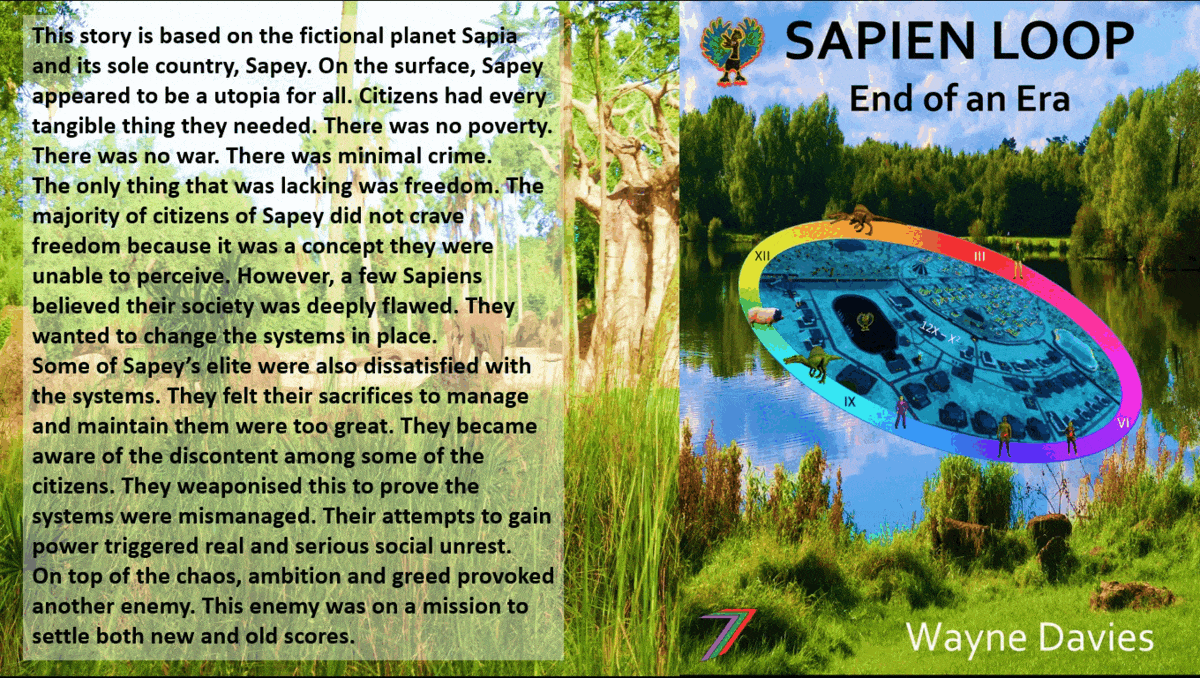
This story is based on the fictional planet Sapia and its sole country, Sapey. Sapey is portrayed as a form of utopia for all its citizens. No poverty. No war. Almost no crime. Opportunities for all.
This was enough for most citizens, but not all. In one of the small regions, some of the citizens had become discontent. They felt something important was missing in their lives. Their discontent did not go unnoticed. Some of the Sapey elite wanted to weaponise this discontent to gain more power. This created more chaos than they anticipated. This led to further widespread social unrest.
On top of the chaos, ambition and greed provoked another enemy. This enemy was on a mission to settle both new and old scores.
Brief Summary of Sapien Loop: Frozen in Time
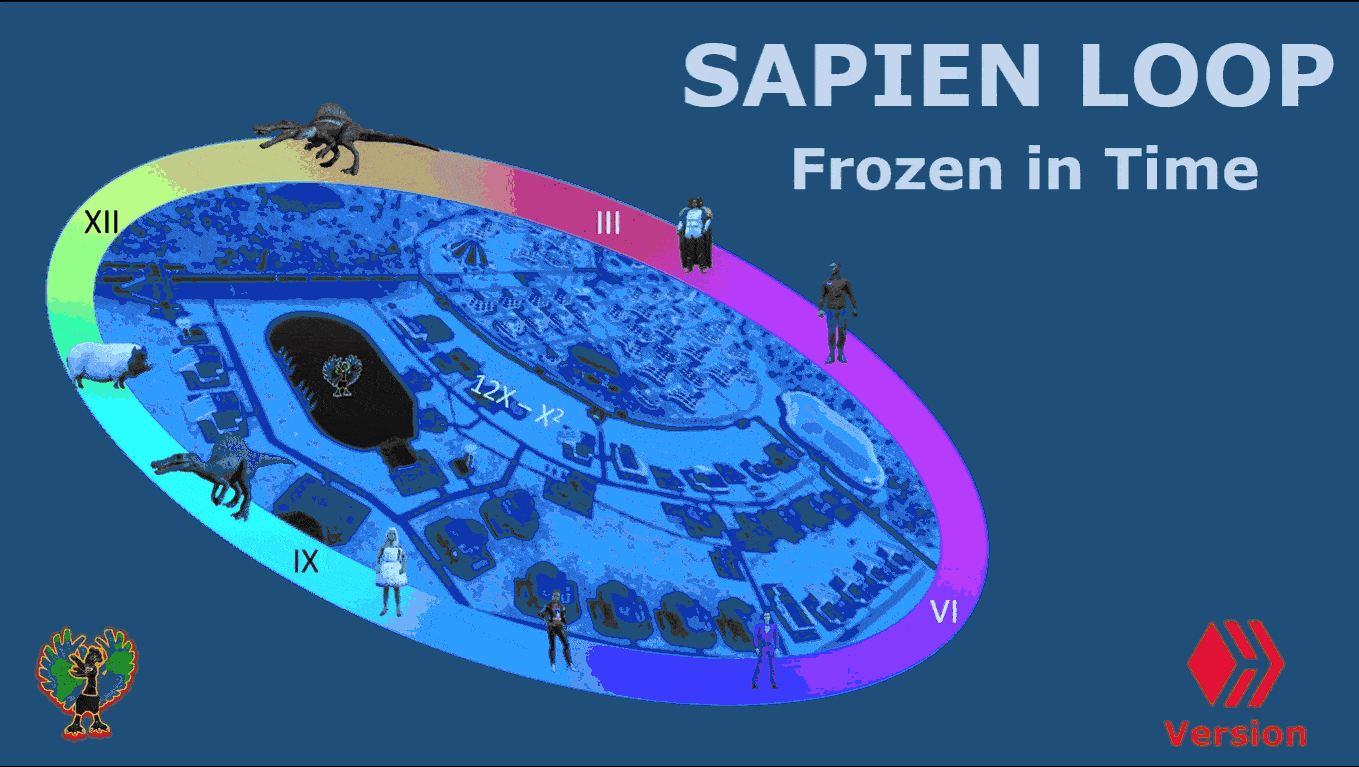
This story is based six years after the original story. The Downs Region is still suffering from a serious health crisis caused by the contaminated water. The main characters are desperately trying to a find a cure for the illness that has been caused by the water.
One of the main characters has discovered frozen humanoids in hidden chambers. It appears they have been frozen for a long time. These chambers connect to a vast network of tunnels. While exploring the tunnels, one of the frozen humanoids disappears. It appears he has been stolen.
The story takes a step back in time to tell the story of the frozen humanoids. How and why were they frozen? This part of the story also explains the fall of ancient Sapey and the birth of the Sapiens. Can those from the past be able to coexist with those from the present?
Hive: Future of Social Media
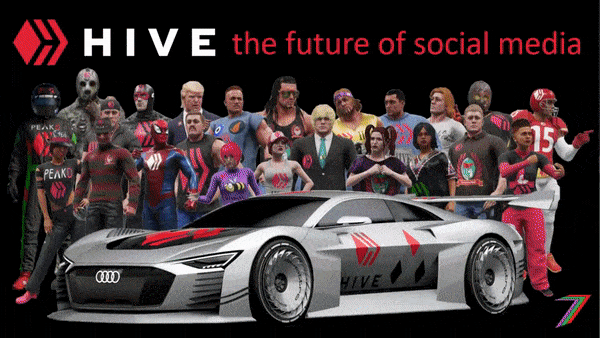
Spectrumecons on the Hive Blockchain

Just like the NFL, I watch the British football league with many tiers as well. They have different fans and consumers all over the world who tune in to these games, pay heavy money in TV subscriptions and they hardly bother about competition. I think all sports that have these league and tier based system with different types of consumer base and they milk TV companies with heavy subscriptions, including sponsorship and other ways to make money.
These guys make a whole lot of money
I think for most sports leagues it is profit first, even if it compromises the quality and integrity of the sport itself.
Yes, it's profit first, it's always been. I've been watching for over 12 years and that's just what it is.
@tipu curate
Upvoted 👌 (Mana: 55/75) Liquid rewards.